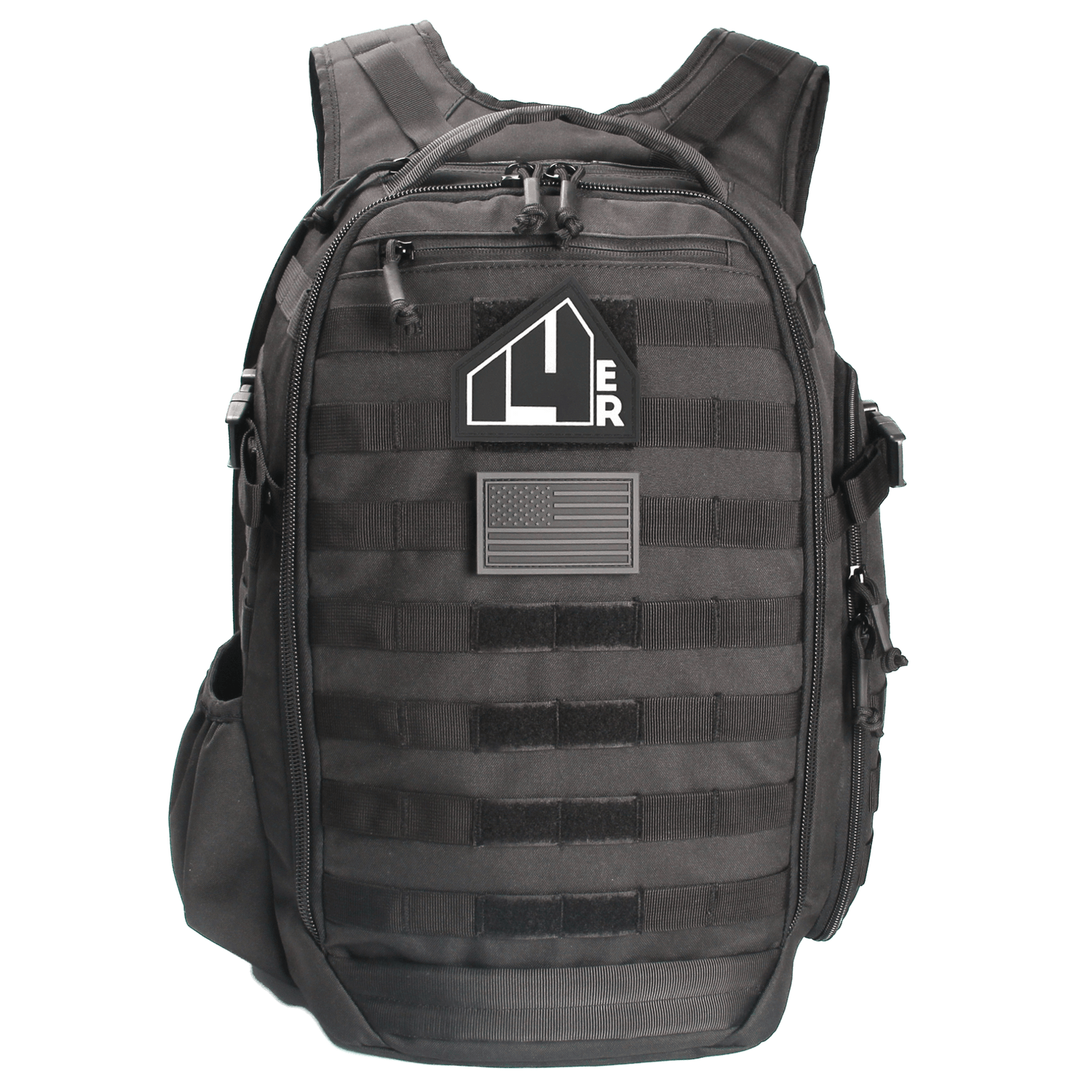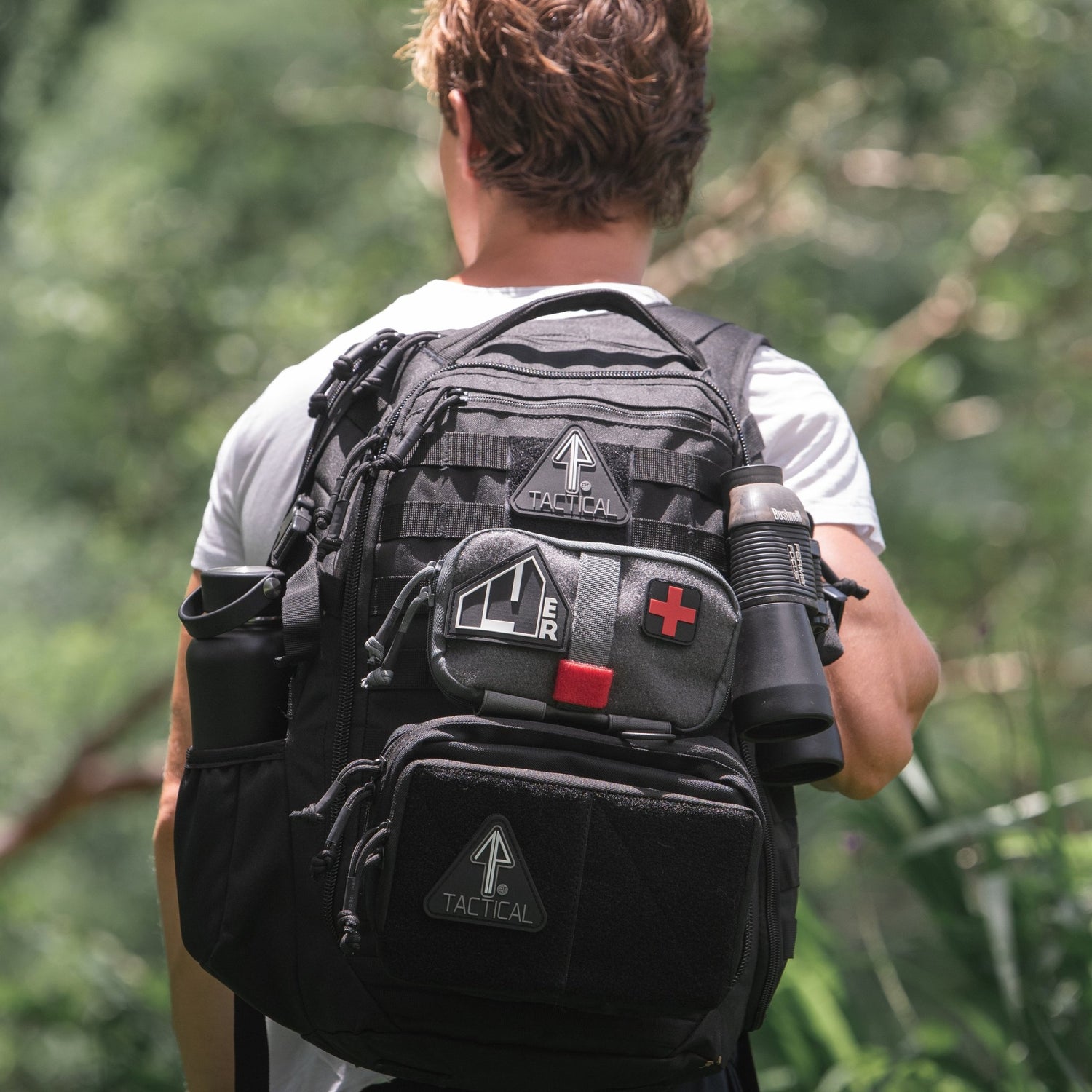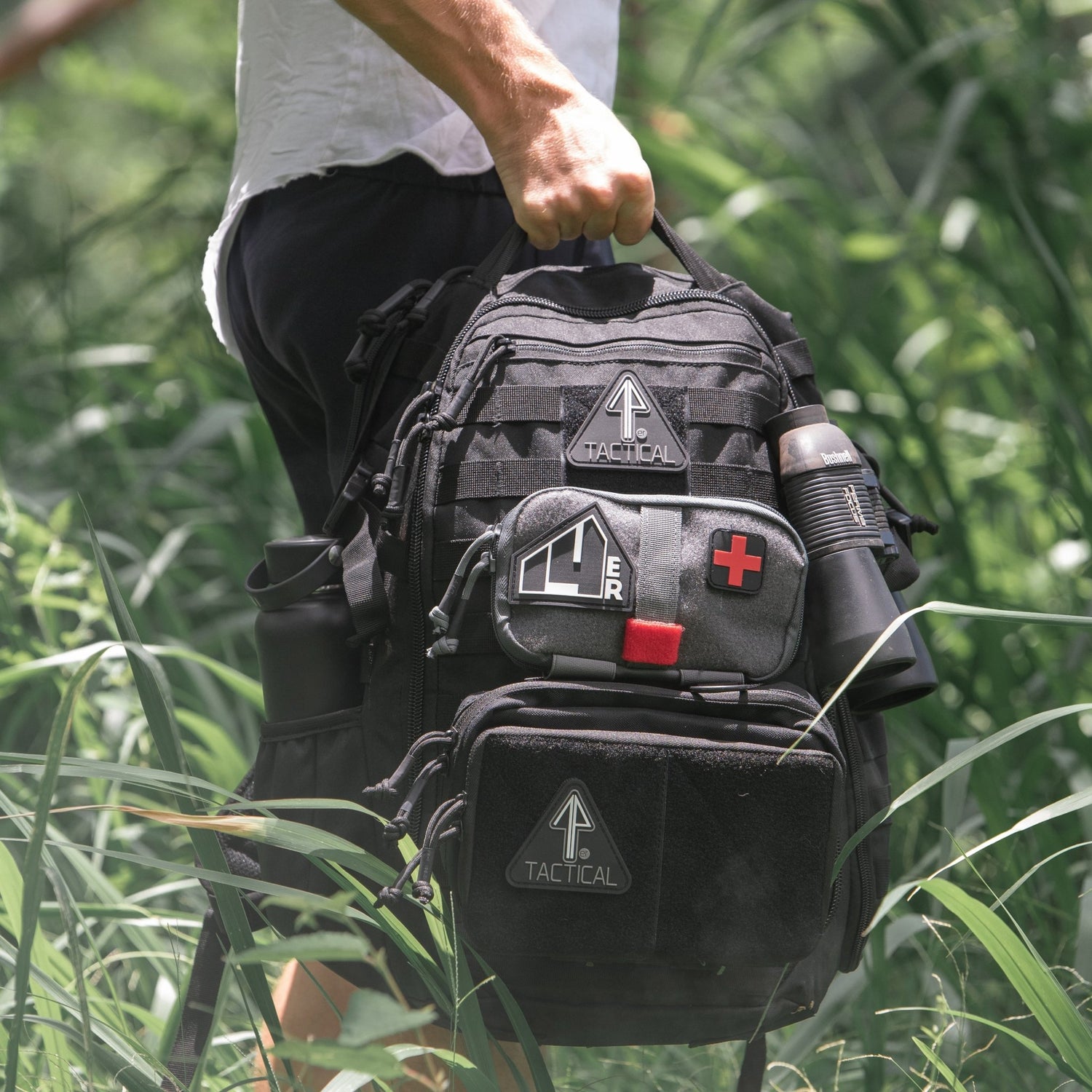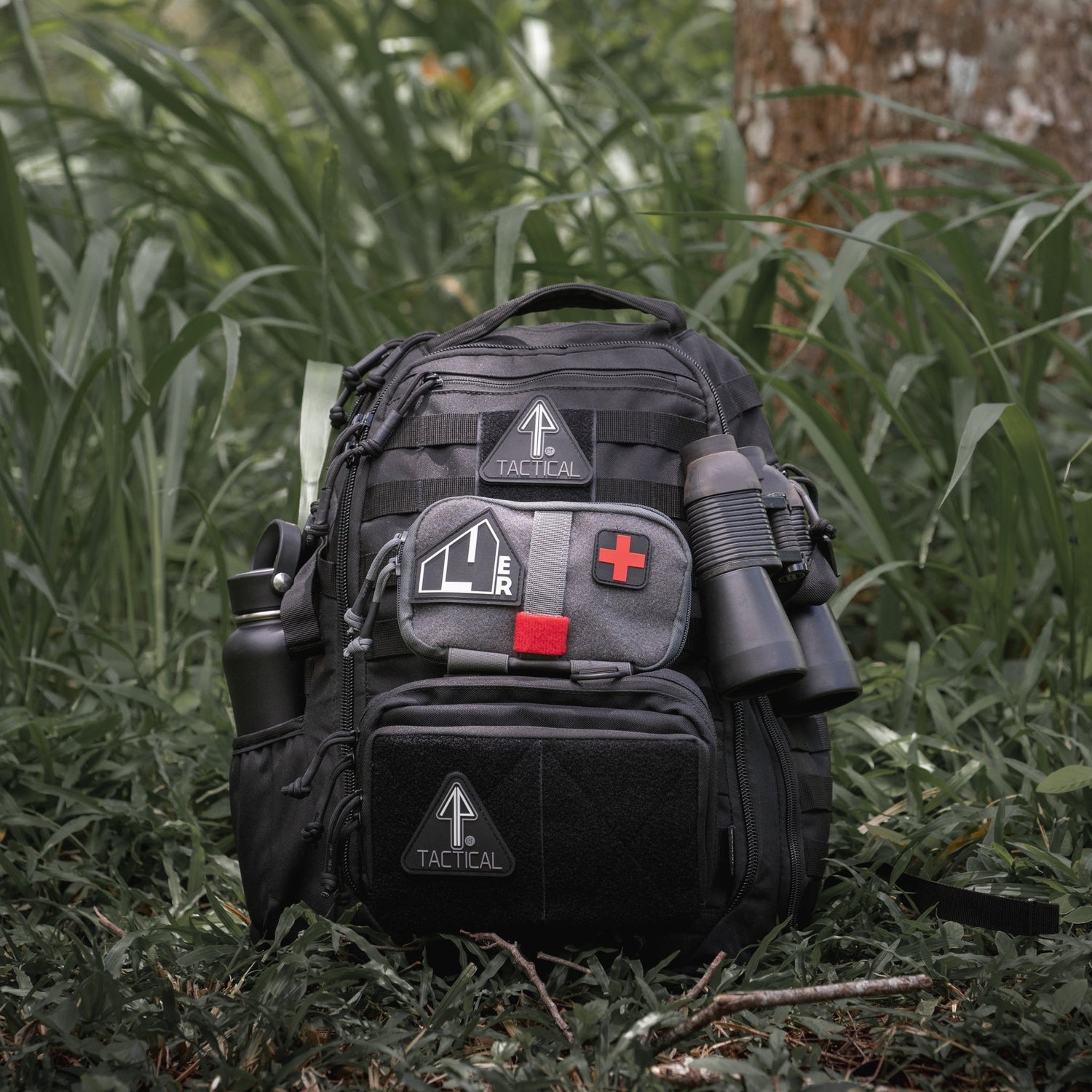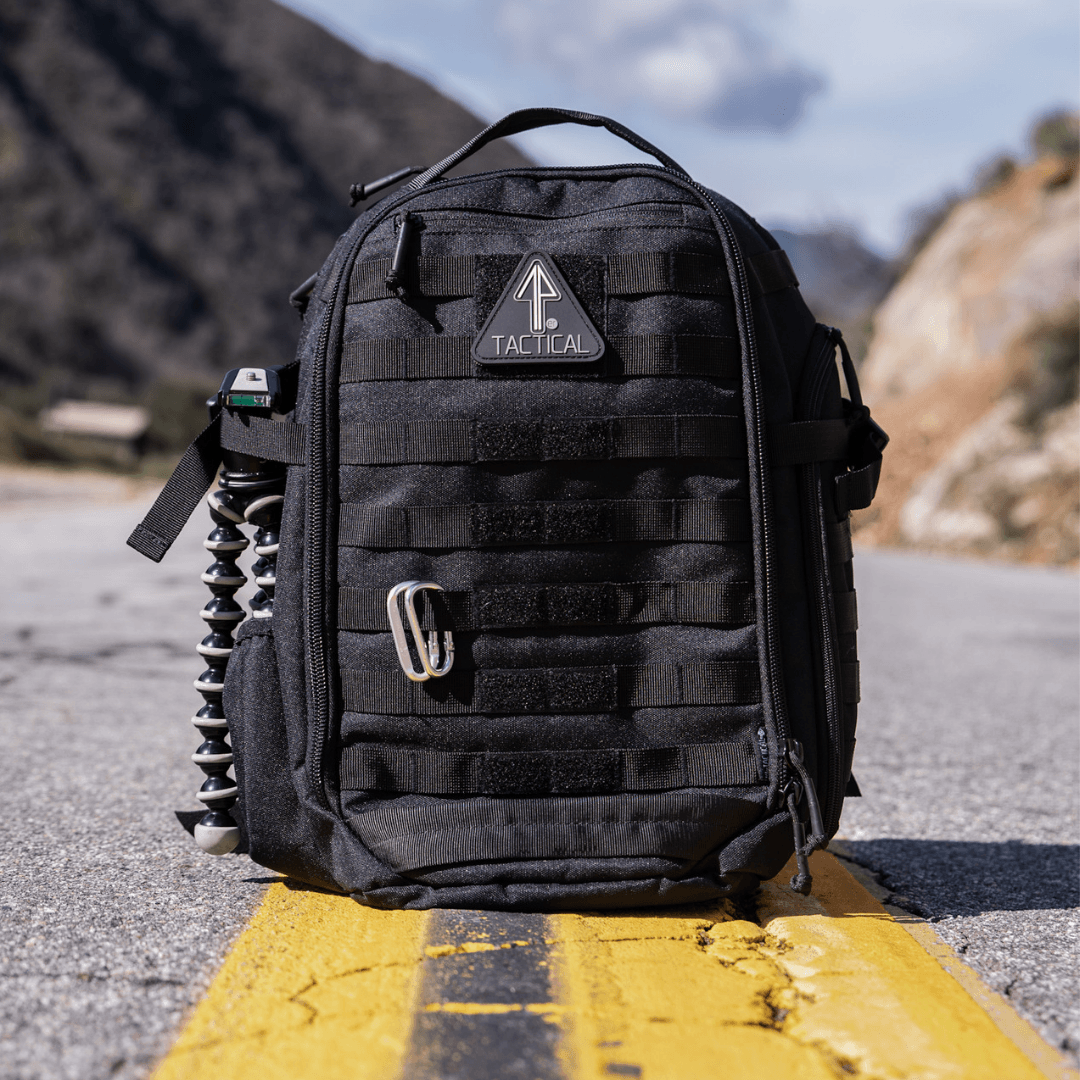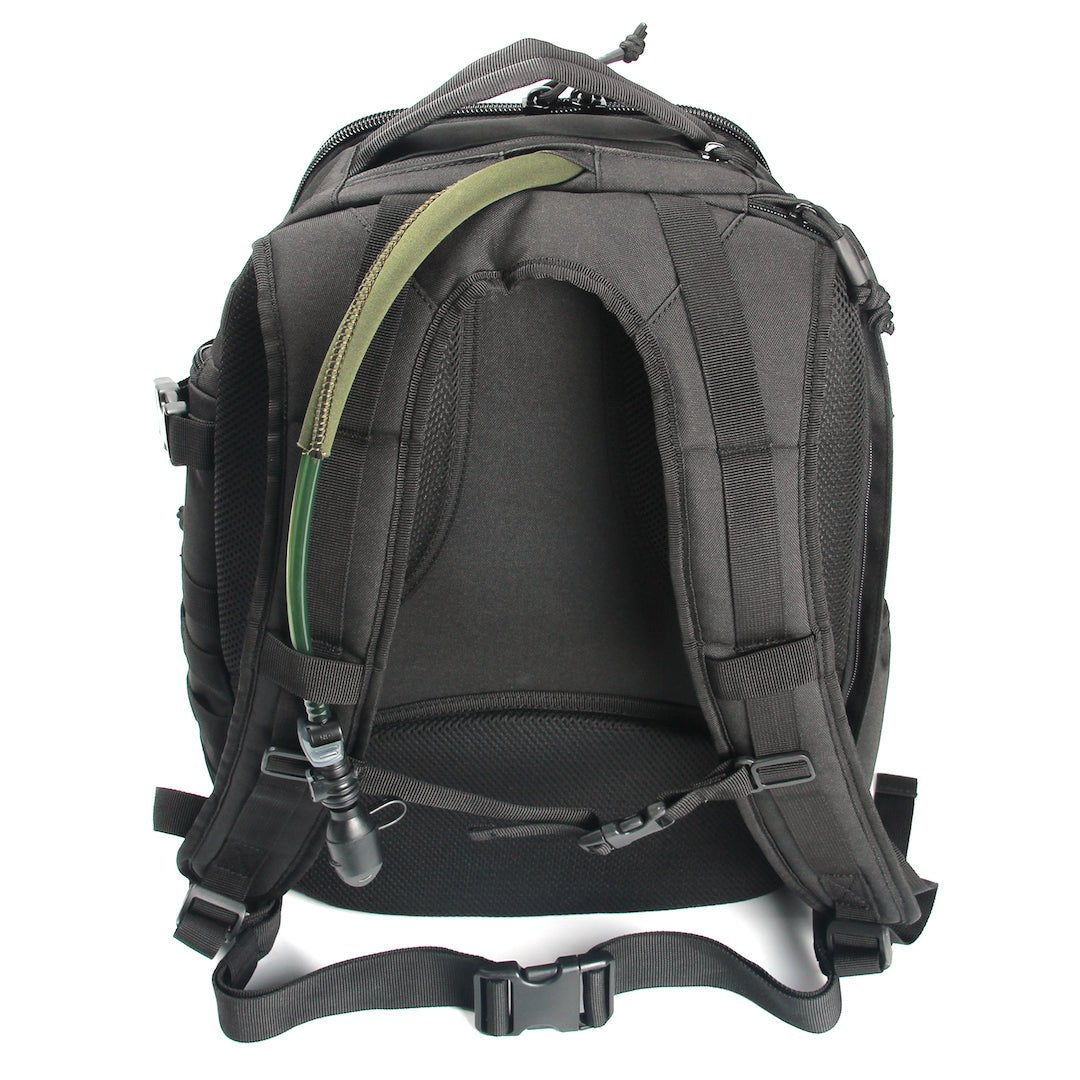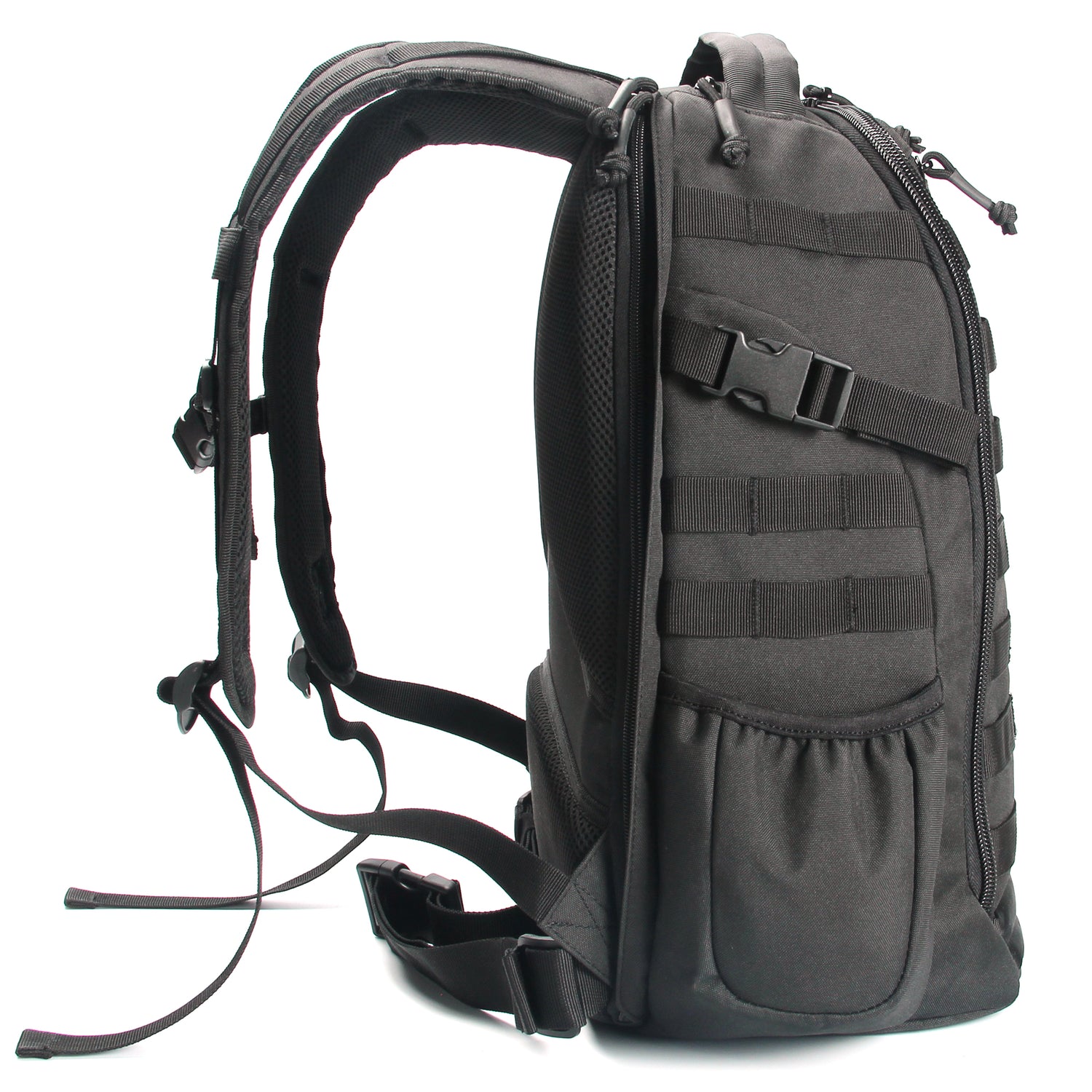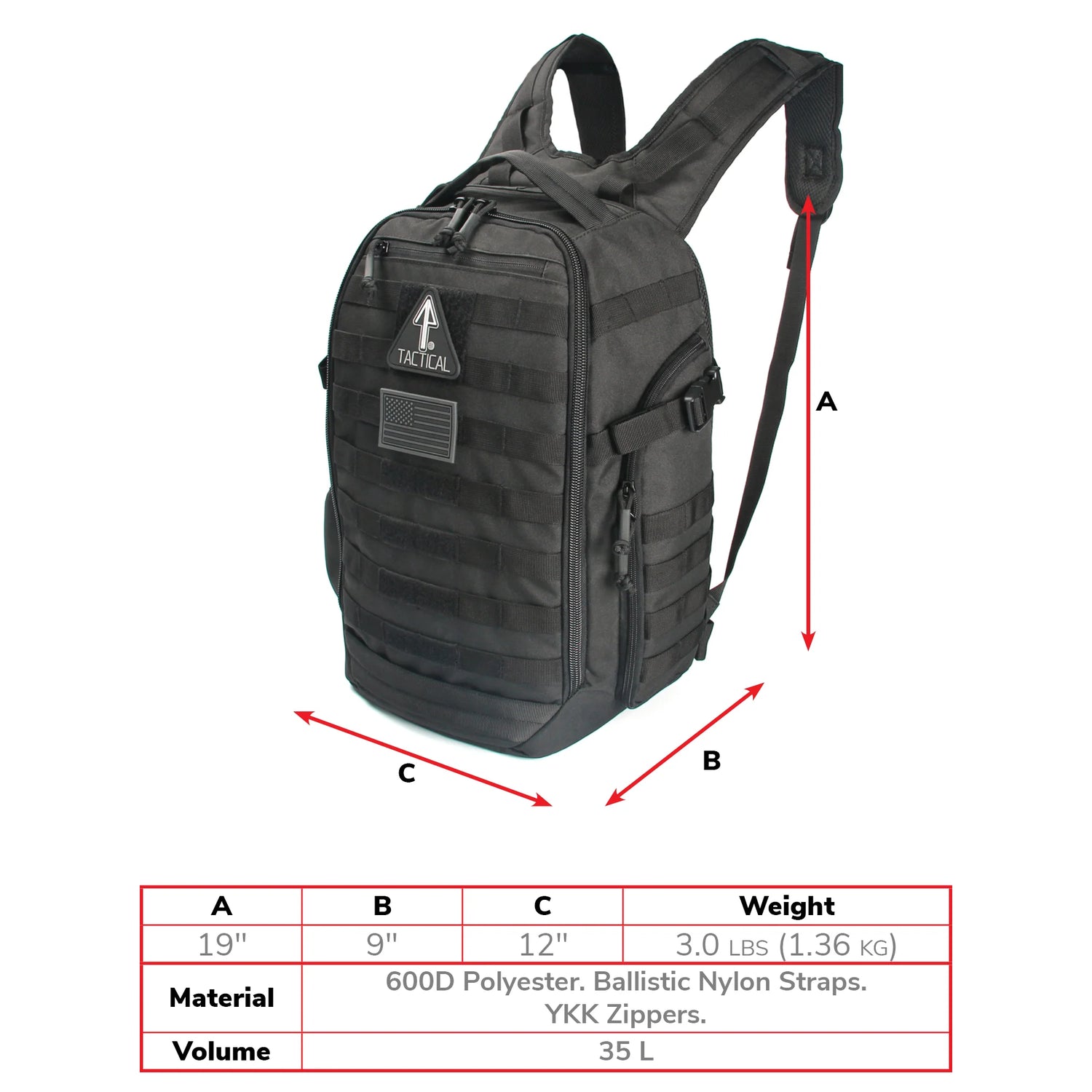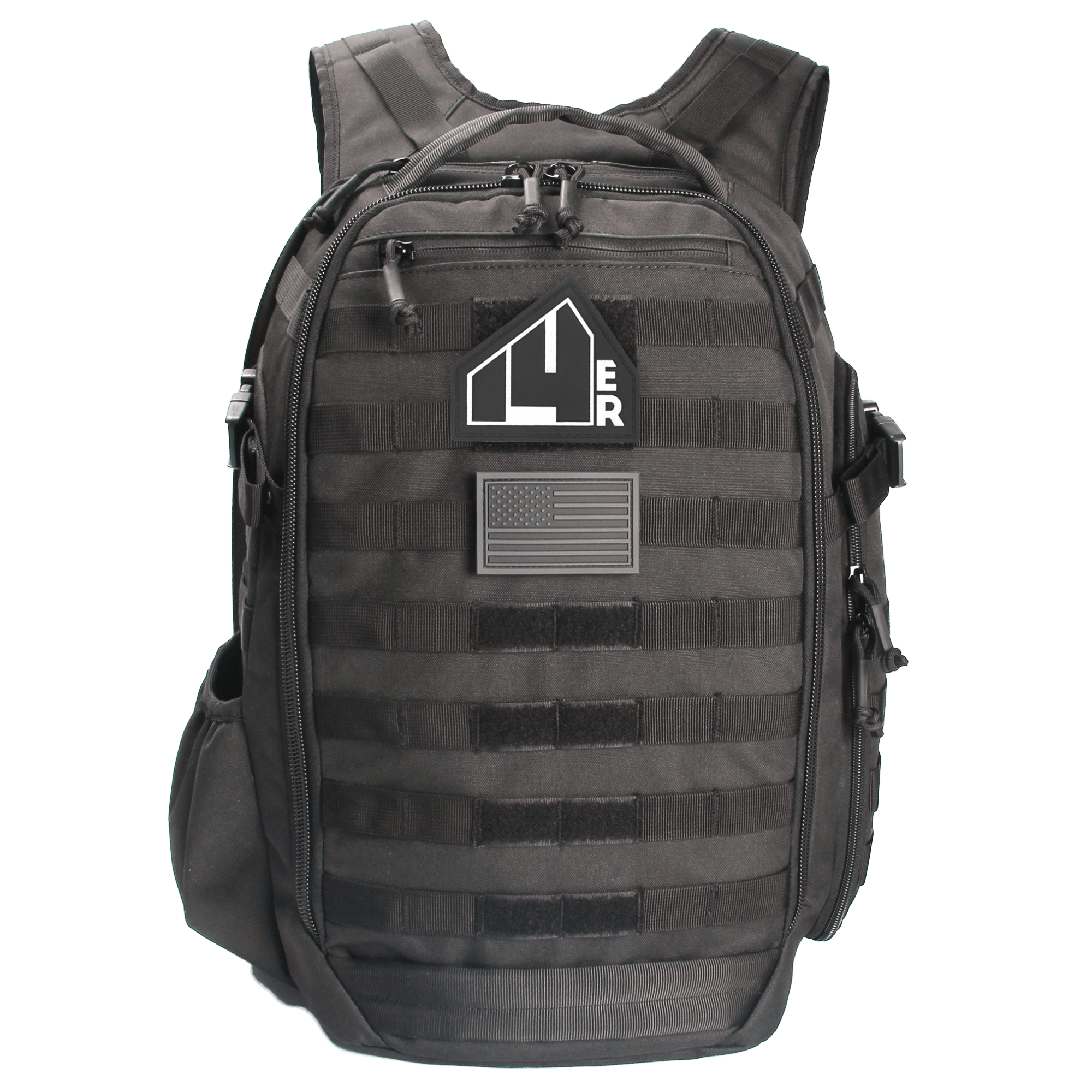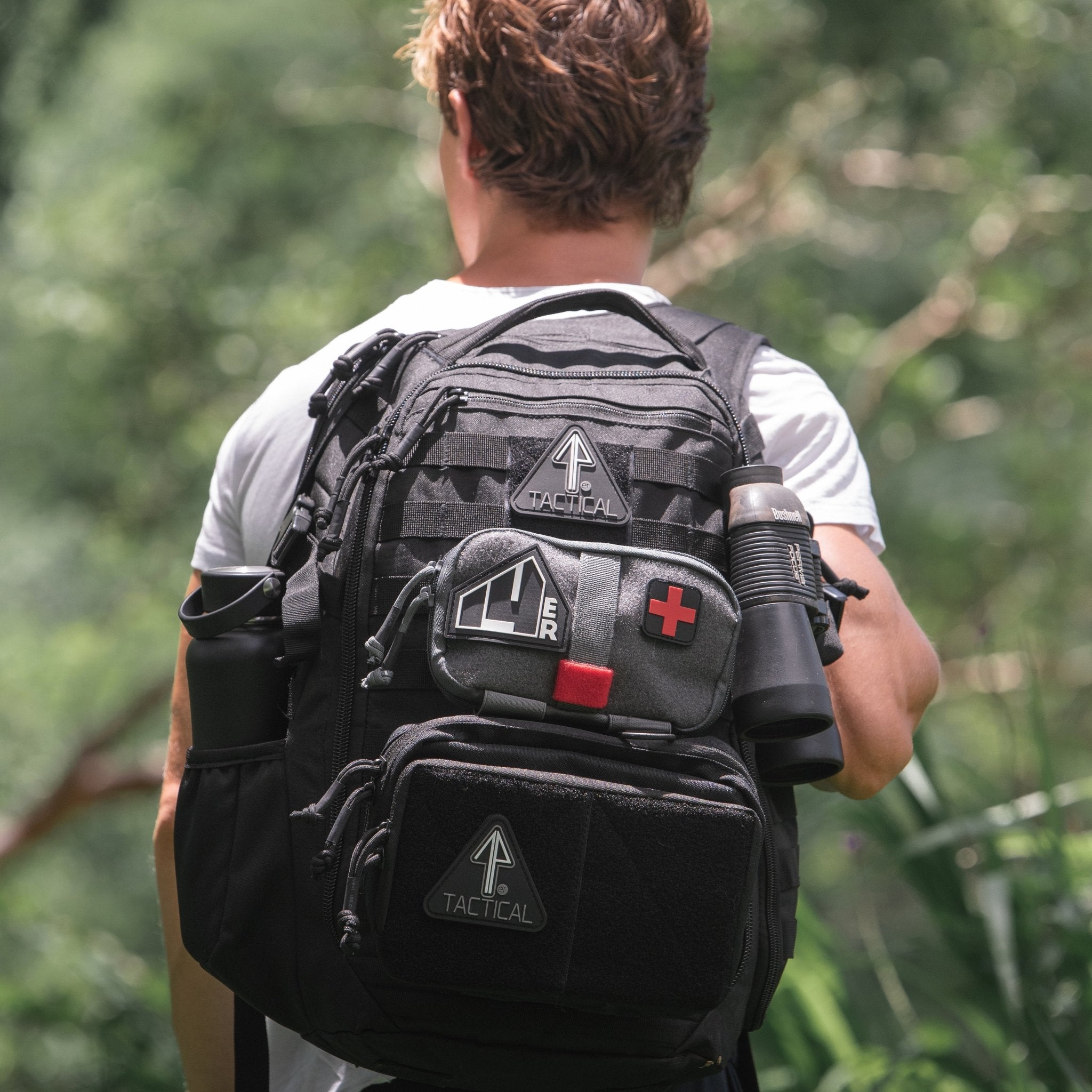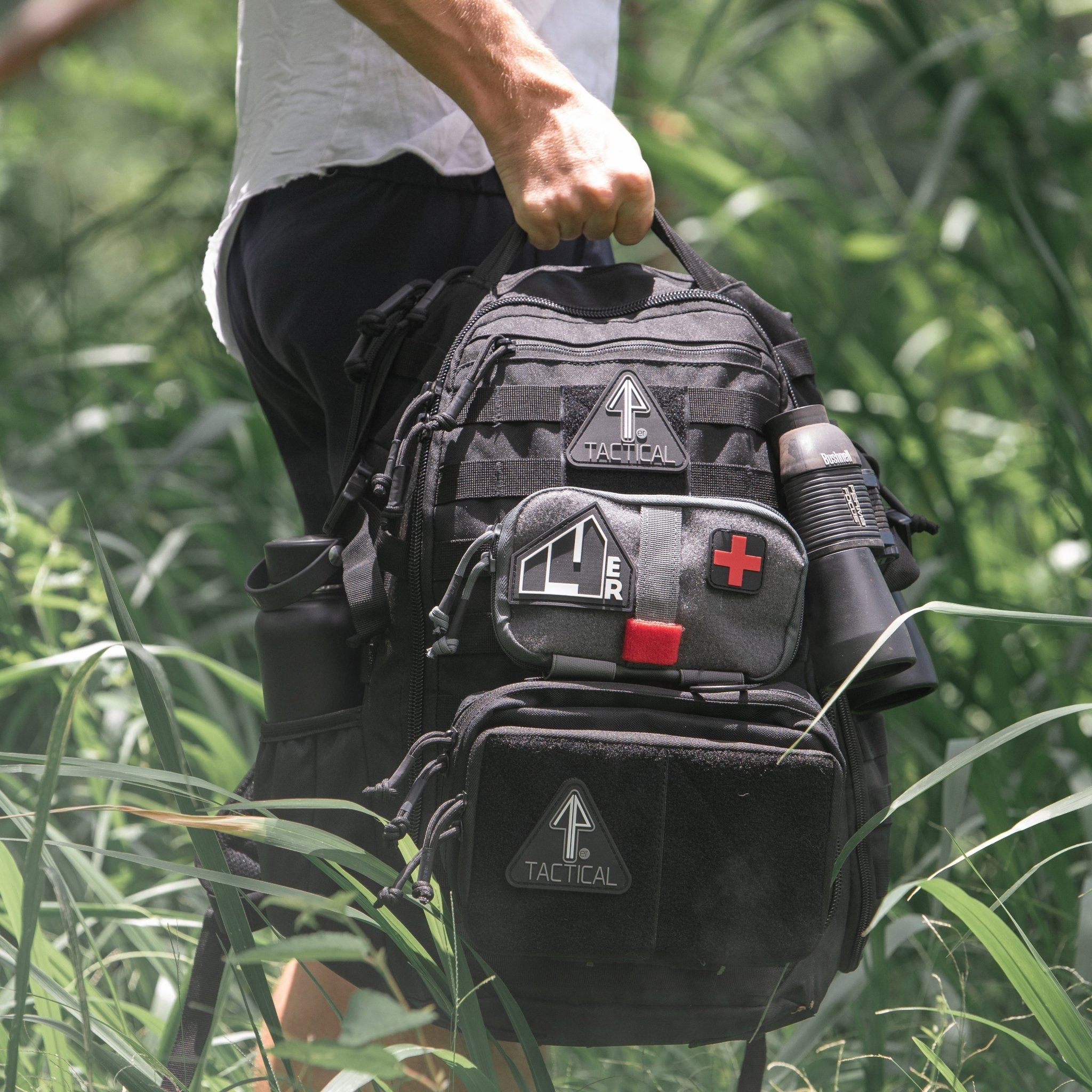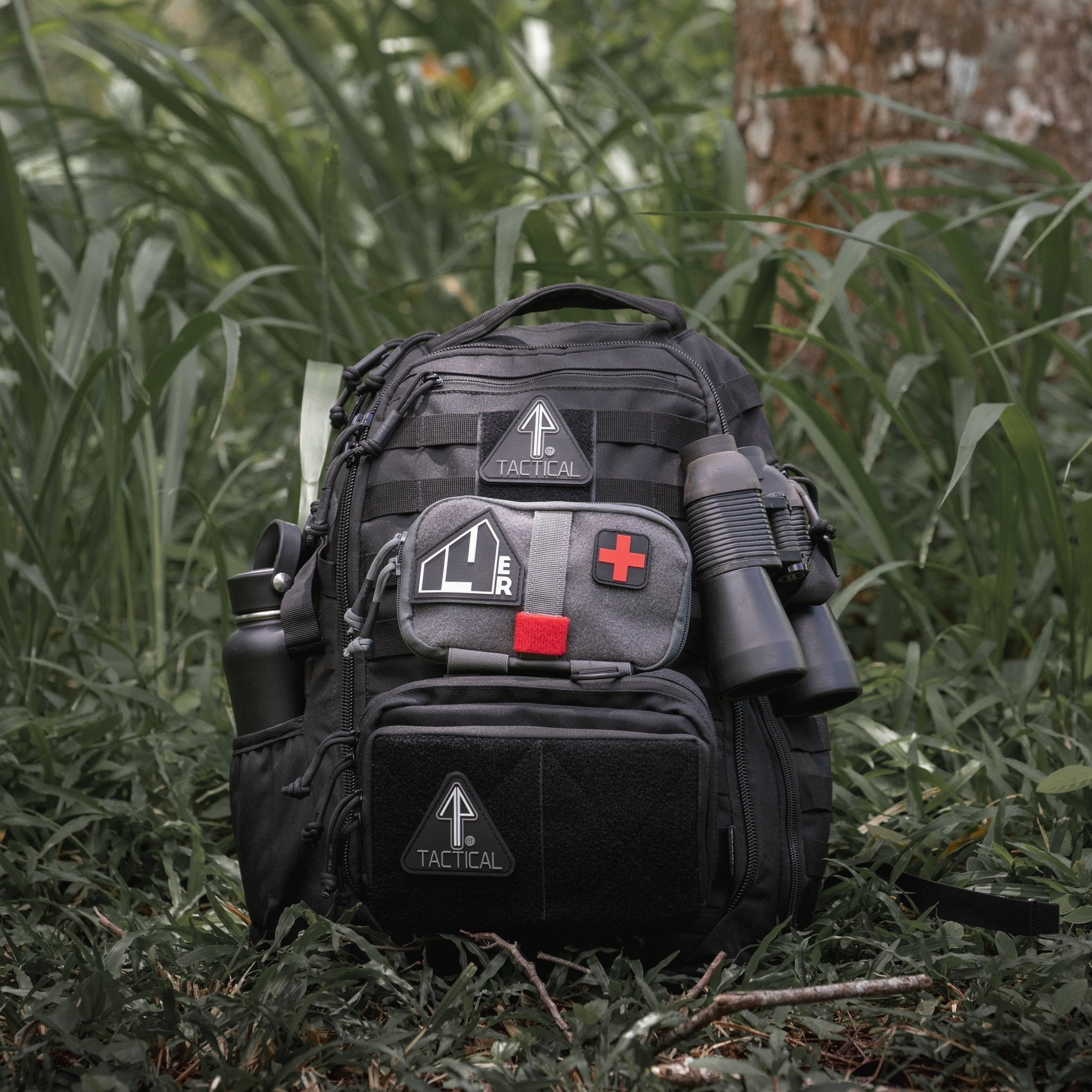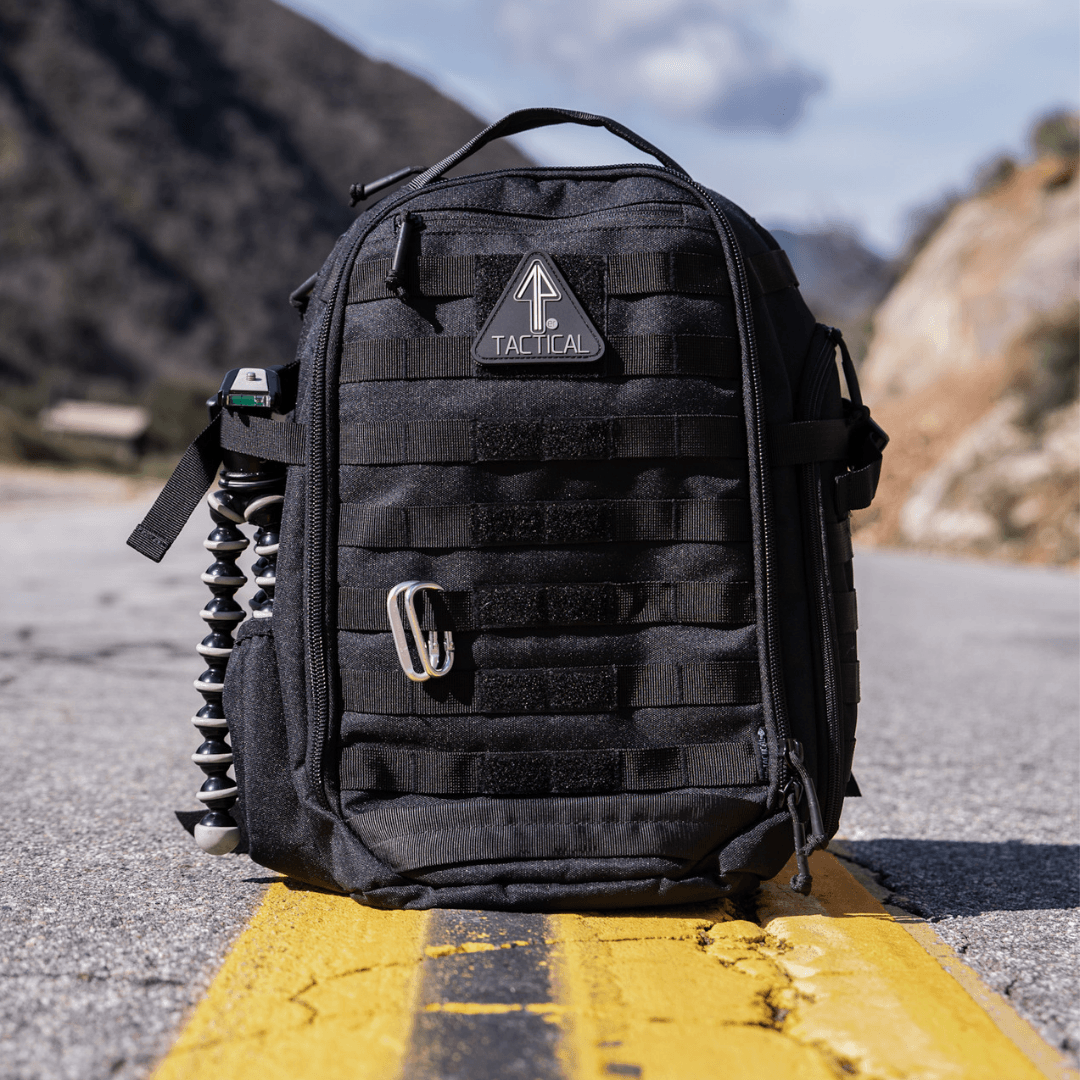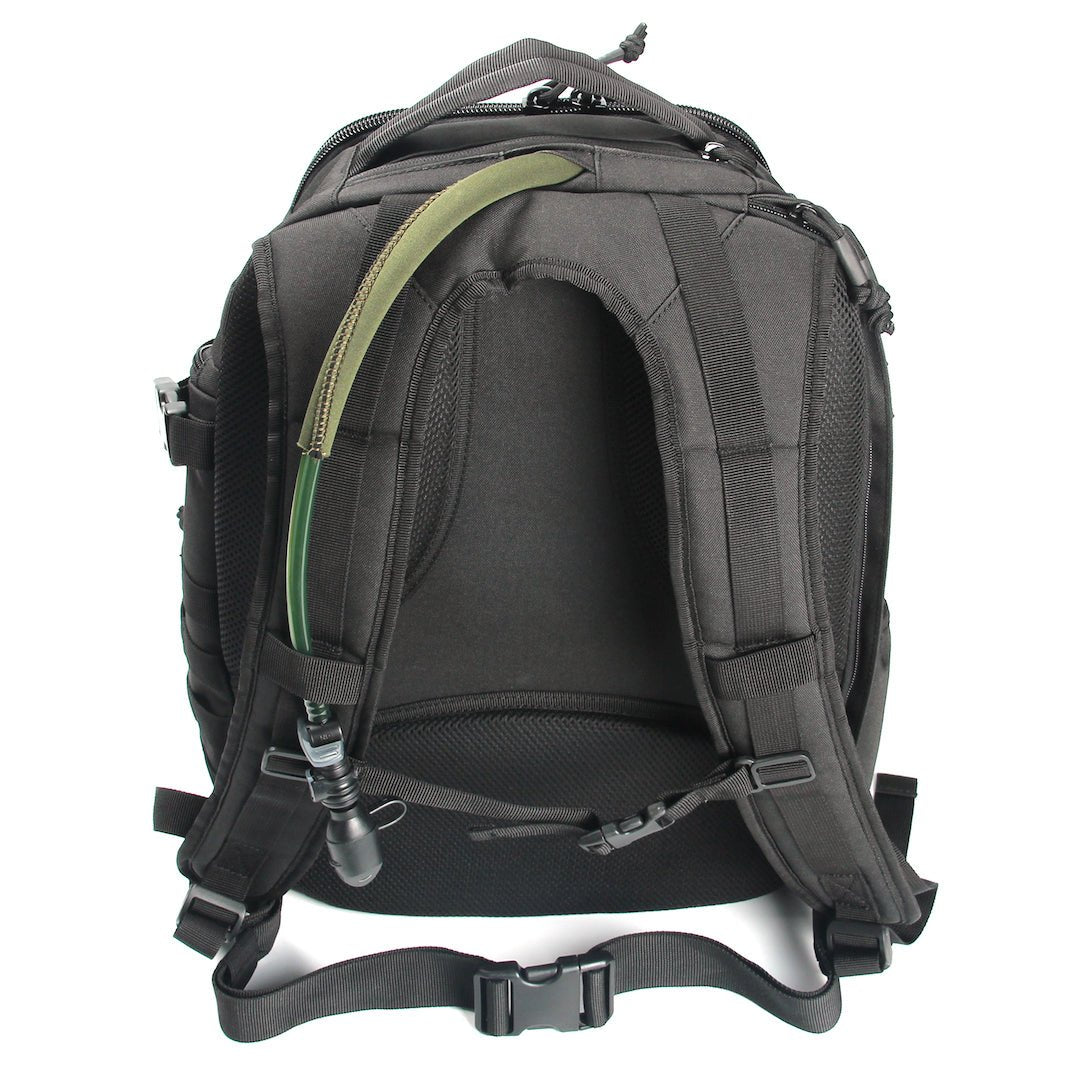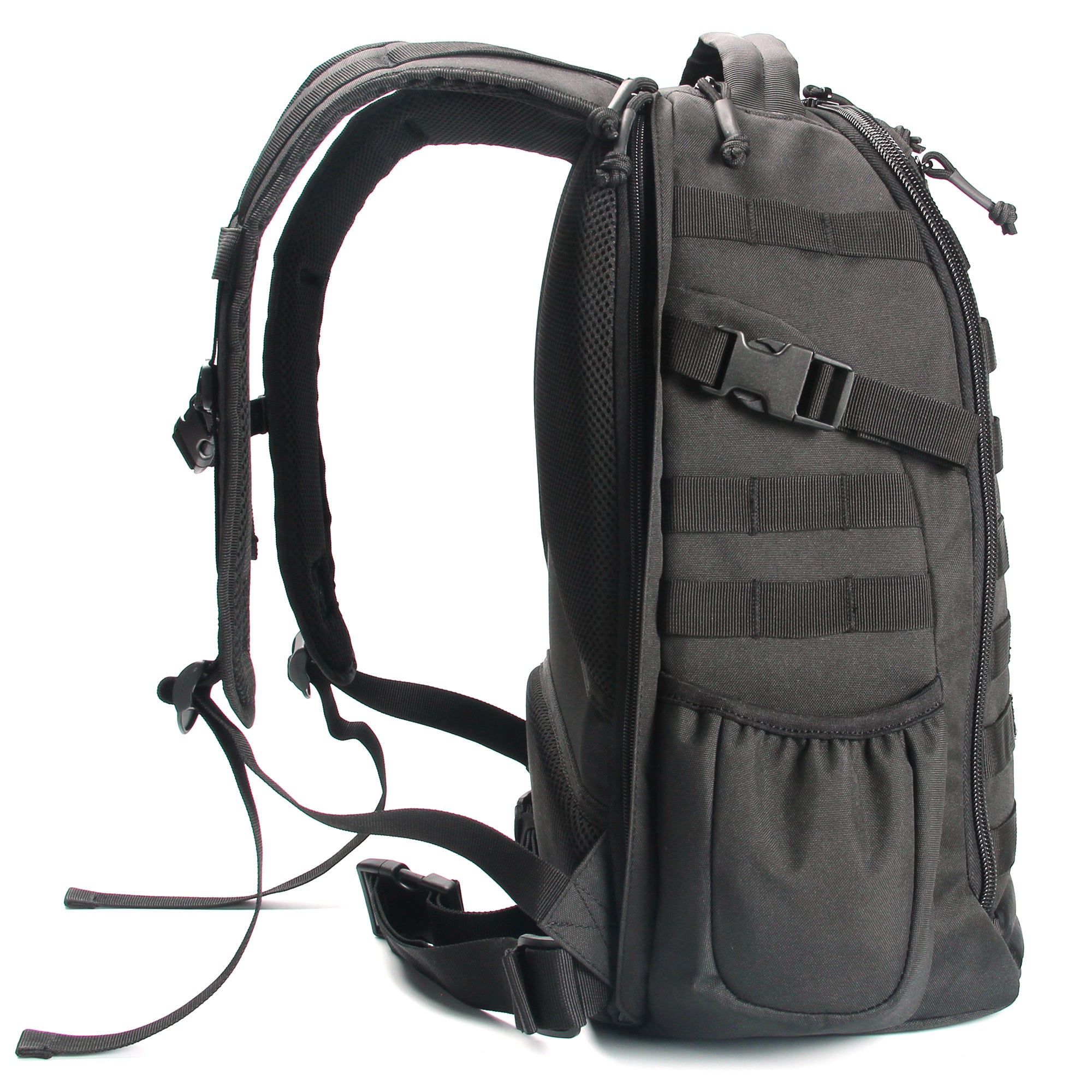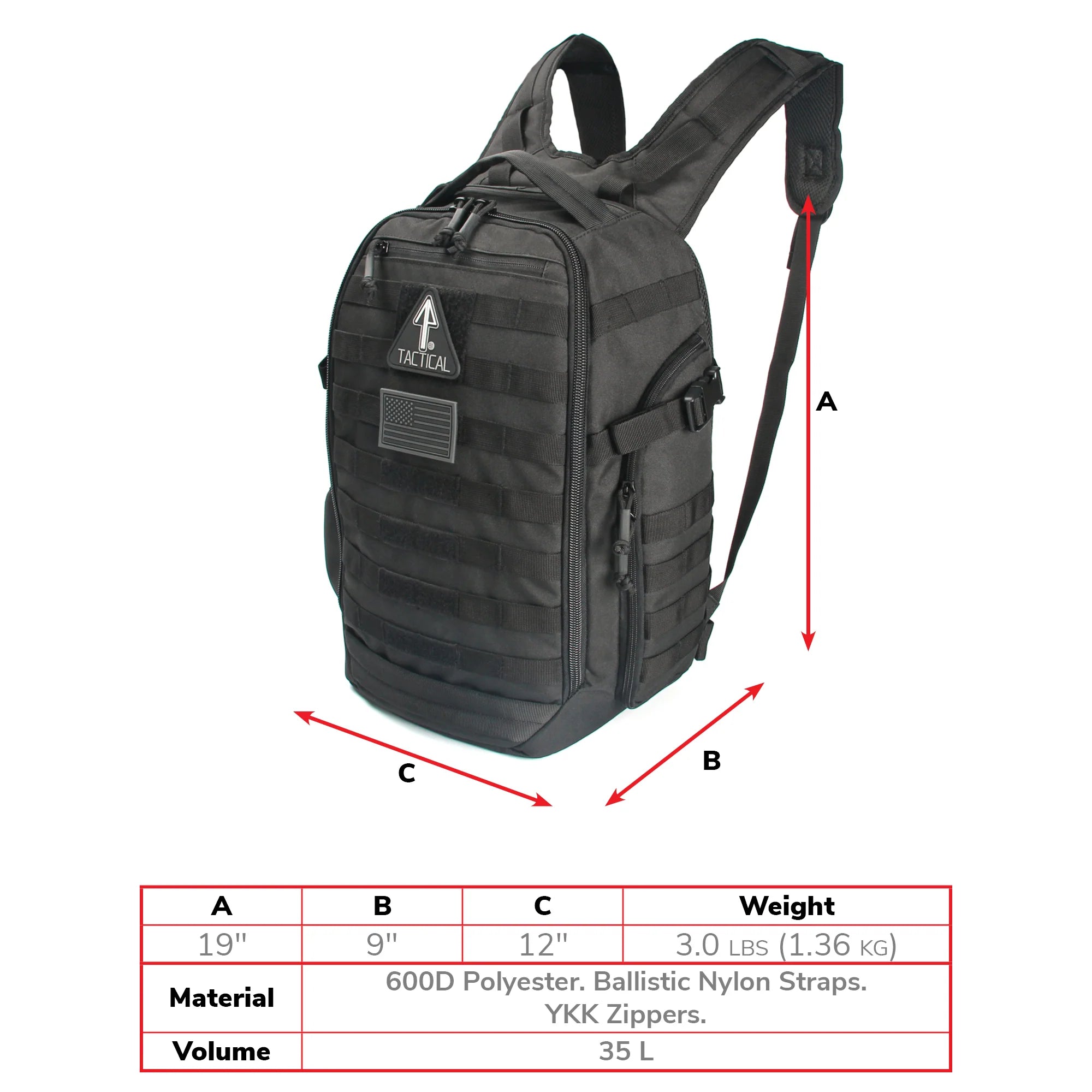
The Appalachian Trail (AT) is an iconic hiking destination and an American institution. Every tactical hiker has thought of conquering it at some point. It’s a beautifully preserved trail that can prove incredibly challenging—but also highly rewarding.
Other renowned trekking destinations include the Pacific Crest Trail and the Continental Divide Trail. These can be considered the three major hiking trails in the USA. It is surely the tactical American’s dream to conquer at least one of them. That requires herculean effort.
So we’re gonna provide you with quick overviews of the three major hiking trails to help you determine which one would appeal the most to you. We’ll also highlight some of the best sections of each major trail to plan a trip around—that’s for hikes of several days, instead of months.
It takes a highly experienced hiker to conquer any of the three major hiking trails. But these trails can be divided into shorter sections, some quite accessible to a novice outdoor adventurer. (If you are one, you might want to check out our recommendations for beginner’s hiking trails.) Experienced or not, one thing’s for sure: if you’re hiking these trails, prepare your body and get fit!
Hiking Trails Guide USA: Appalachian Trail
The entirety of the Appalachian Trail would take months to complete from start to end. Many hikers only do a section of the trail, as they wouldn’t have the luxury of time to trek over all of it. Popular sections for hiking include: the McAfee Knob, Harpers Ferry, Franconia Ridge, Roan Highlands, and the Southern Terminus at Springer Mountain.
There are significant variations between different sections. The Appalachian Trail stretches some 2,200 miles and winds through fourteen US states. It passes through multi varied terrains, environments and types of scenery. The sections differ considerably in difficulty as well. Some parts offer easy to moderate difficulty hiking. Others are of strenuous difficulty and not for the unfit.
Certain areas of the AT provide camping sites that come with shelters, also known as lean-tos. Trail hikers are encouraged to make use of such a shelter, if they find one that is vacant. A visiting hiker can write their name in the shelter log, which is usually a notebook where people leave messages of all sorts. “Registering” in the shelter log is only a custom—it is not required.

McAfee Knob and Tinker Cliffs
Located in Virginia’s Roanoke Valley, the McAfee Knob offers gorgeous scenery and a fairly accessible and undemanding trail. The route to the peak and the return will cover a distance of approximately 8 miles. You should be able to complete the hike in 4 to 6 hours.
This section of the AT is one of the most photographed trekking locales in the USA. You can get a breathtaking panoramic view of Roanoke Valley and the surrounding peaks. If spectacular sights are your thing, you’ll have a great time on this trail section. Spring and fall are the best seasons for this location.
If you’re hitting the trail at the McAfee Knob, you might want to explore the neighboring Tinker Cliffs as well. Along this part of the trail, you’ll see interesting rock formations and magnificent views of the valley. It’s a more strenuous hike, however, and the route will take around 7.6 hours going from the trailhead to the summit and back.
Roan Highlands
Straddling the Tennessee/North Carolina border is a chain of five peaks—the alluring Roan Highlands. You’ll hike through grasslands dotted with wildflowers and diverse patches of forest. The views from the mountain summits are stunning. It’s not too difficult a hike, though there are challenging stretches.
We suggest going on a trek of the Roan Highlands during springtime or fall. The route length varies depending on where you start and end your journey. A hike from Carvers Gap to the summits of Round Bald, Jane Bald, and Grassy Ridge Bald would cover 4.7 miles (round trip). Going from Carvers Gap to the Overmountain Shelter will take you along a stretch of the AT at Roan Mountain that features rather interesting contrasts in terrain. You’ll travel through lush forests, climb the trail up the Yellow Mountain (following the familiar white blazes of the Appalachian Trail), descend through the Deep Gap, then swerve into a side trail leading to the historic Overmountain Shelter. Taking this route means hiking some 11 miles (round trip).
Great Smoky Mountains National Park
Also on the Tennessee/North Carolina border is the Great Smoky Mountains National Park, which can be a great option for a weeklong hiking trip along the AT. It is common for backpackers to schedule 7 to 8 days of hiking the AT through the Smokies.
This AT trail section is strenuous, no doubt about it. You are going to face tough slopes and climbs. Hikers generally set off from the southwestern end of the route, going from Fontana Dam to ascend Clingman’s Dome—at over 6,000 feet, it’s the highest point along the entire Appalachian Trail! Then you descend and trek northeast following the AT. The hike is worth the effort, offering truly breathtaking vistas and gorgeous flowery scenery.

Hiking Trails Guide USA: Pacific Crest Trail
If you’re looking for great scenic contrasts, the Pacific Crest Trail provides that in spades. This trail meanders 2,650 miles across the entire length of the West Coast, including the states of California, Oregon, and Washington. Along the way, the PCT passes through arid deserts, geothermal hotspots, and old growth forests, as well as a couple of majestic mountain ranges: the Cascades and the Sierra Nevada. Many sections of the PCT offer a serious hiking challenge due to the elevation changes that trekkers face.
Crater Lake National Park
Located in Oregon, this park takes its name from Crater Lake, the deepest lake found in the USA. You have a number of trail options within the park, some with a good lake view and some without. You can also select between accessible hiking options and strenuous ones. The park’s Red Cone trail is pretty flat and easy to hike, for example. It is part of the PCT trail, and passes north of the Red Cone peak, though it does not lead up to the mountain itself. You do enjoy a picturesque view of this cinder cone.
Not far from the lakeside, you can find the Rim Trail, which takes you north from the caldera area and its lake views to the forested junction with the PCT. This route features some uphill stretches and is generally considered a challenge. We recommend hiking it from May through October.
Goat Rocks Wilderness
In Washington, the PCT runs through the middle of the Goat Rocks Wilderness. This route features high elevations, alpine meadows, and incredible scenery from a good number of lookout points. You will be able to get a panoramic view of Mount Rainier and other surrounding peaks.
This is a challenging adventure that we only recommend to more experienced hikers. The elevations vary from 4,500 feet to 7,500 feet. Due to the elevations involved, you’ll want to prepare for a high altitude outdoor adventure. Rain and snowfall may occur at any time, even during summer. You may find yourself having to trek through snow. The ideal period to experience this trail would be some time from late July through mid-September.
San Jacinto Mountains
Down in Southern California, the PCT runs into quite a few extremes, going from desert and chaparral to oak and pine woodlands to elevated hills and mountains. One of the most popular PCT hikes in this region involves the traversal of the San Jacinto Mountains. Featuring pine forests and cooler temperatures, the mountain route offers a respite from the desert heat. Like the Goat Rocks, this is a high altitude trail, with dramatic elevation changes. Along one stretch, you get as high as 9,030 feet before the trail promptly starts descending to its lowest point. The diversity in contrast is remarkable throughout this route.
Yes, another a challenging adventure destination! Novice hikers should think twice about attempting it. If you do plan to take on the challenge, we suggest making the trip in summer or early fall.

Continental Divide Trail
The Continental Divide Trail is considered somewhat more remote compared to the AT and PCT. Many sections of the trail reach high elevations, and the challenge of the hike is also high. But with excellent tactical preparation, conquering the CDT can make for a delightful outdoor adventure, well within many hikers’ capabilities. Just make sure to be prepared to trek in remote areas.
The CDT stretches some 3,100 miles, crossing the states of New Mexico, Colorado, Wyoming, Idaho, and Montana. Destinations along the CDT include places of iconic scenery: Colorado’s Rocky Mountain National Park, New Mexico’s Gila Wilderness, Wyoming’s Yellowstone National Park and the Glacier National Park in Montana's Rocky Mountains. A certain section of the CDT follows the route of the historical Oregon Trail.
Gila Wilderness
The route that goes through the Gila National Forest is known as the Gila Alternate. It is not an official section of the CDT—officially, one is supposed to hike the Black Range. But a large number of CDT hikers prefer to travel the Gila Alternate, despite its unofficial status. We can consider it an honorary section of the CDT.
The Gila Alternate is very scenic, with gorgeous views of canyon walls and lush riparian woodlands. The water along this route offers good opportunities for a recreational swim. You can even enjoy a dip in a hot spring at certain spots!
A good time to hike the Gila Alternate is from April to early June, before it gets extremely hot. From September to October would be a smart option as well.
Glacier National Park
Hiking the CDT through Glacier National Park will take you to remote wilderness, but it provides amazing opportunities for viewing incredible natural landscapes. The Highline Loop section is widely considered to offer one of the most stunning scenic hikes in the USA. It’s a route where you’ll encounter beautiful wildflowers and wildlife, especially mountain goats. You’ll also find awesome panoramic views.
Taking the Garden Wall Trail from the Highline Loop will bring you to one of the high points of the CDT, where you can admire both the Grinnell Glacier and Salamander Glacier.
You’ll want to hike here when snow isn’t gonna present a big problem. Schedule your hike sometime from July to September.
Sawatch Range
This Sawatch Range in Colorado comprises multiple lofty summits, including that of Mount Elbert, the highest peak of the Rocky Mountains. All in all, the range includes 15 summits that top out at over 14,000 feet—the types of peaks that hikers call 14ers. (Check out our guide on preparing to climb your first 14er.)
The section of the CDT here is at quite a high elevation—around 12,500 feet on average. Be prepared for high altitude hiking if you do this trek. Parts of the route will go through forested areas, but others will take you above the treeline. In the middle of the Sawatch Range, you’ll find the Leadville and Twin Lakes community. This pleasant small town is a good place to start your journey from, or to stop a while if you’re a thru-hiker. If you’re looking to climb Mount Elbert, you do it in a day’s hike starting from here.
When should you hike the CDT at Sawatch Range? We’d say that sometime from late June to September would be a good call.
We’ve only scratched the surface with regard to adventures on these three major hiking trails in the USA. The Appalachian Trail, Pacific Crest Trail, and Continental Divide Trail are extremely lengthy and the ways you could hike them are nearly uncountable. We hope this guide gives you a good starting point—giving you an idea of where to go and what you’ll find there. Also be sure to check out the 14er Tactical Resources Blog for more guides on hiking and tactical gear!


